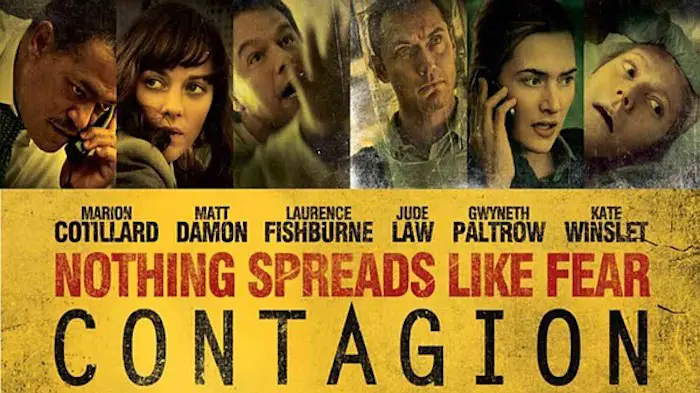
Roberto Benigni has created a modern classic. “Life is Beautiful” is “Shindler’s List” meets Charlie Chaplin by way of the Three Stooges. Audiences will be laughing hysterically while crying their eyes out.
Set in pre-World War II Italy, Benigni plays Guido Orefice, a happy go lucky Jewish gentleman who simply wishes to open a bookstore when he meets the woman of his dreams — an exquisite Italian lady named Dora, played by real-life wife Nicoletta Braschi. The film begins innocently, like a standard romantic comedy with plenty of physical humor courtesy of Benigni. Guido charms Dora and through a series of hilarious coincidences, she is convinced that they are meant to be together. They marry and we see them five years later, now with a young boy. The boy, Ferruccio, is cute, cuddly and avoids taking a bath like any five year-old would.
The screwball comedy antics take a jarring turn when, on the boy’s birthday, both father and son are taken away to a concentration camp. Dora is so distraught she joins them, in a separate train car, on the grueling journey to the camp. Guido loves his son so much, in order to shield him from the horrors of the camp, he lies to him, convincing the boy that this is just a big game and the winner gets to go home in their own tank.
In one of the funniest scenes, Guido volunteers to translate German and explain the rules of the camp to the new arrivals. With his son watching, Guido mimics the Nazi soldier and offers a completely different explanation of the rules, making the concentration camp seem like fun! Little Ferrucci’s aversion to taking a bath is a Godsend when all of the children in the camp are eliminated in the gas chamber by the Nazis. The stakes are raised as Guido must cleverly hide his son while continuing to convince him that this is all the most fun they’ve ever had. The evils of the Holocaust are not hidden however, and Guido must find a way to save his family before it is too late.
It’s touching, funny and one of the best films of the year.
